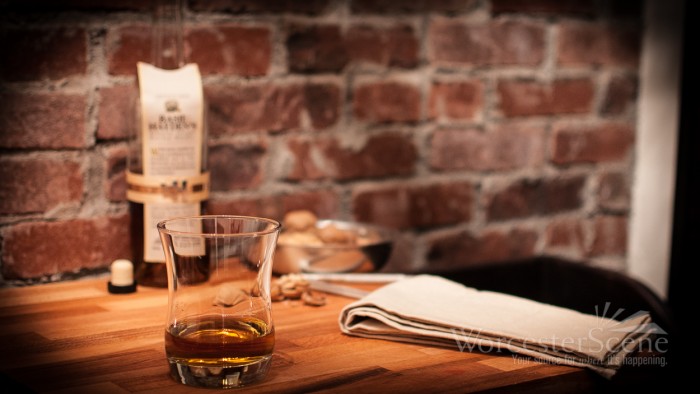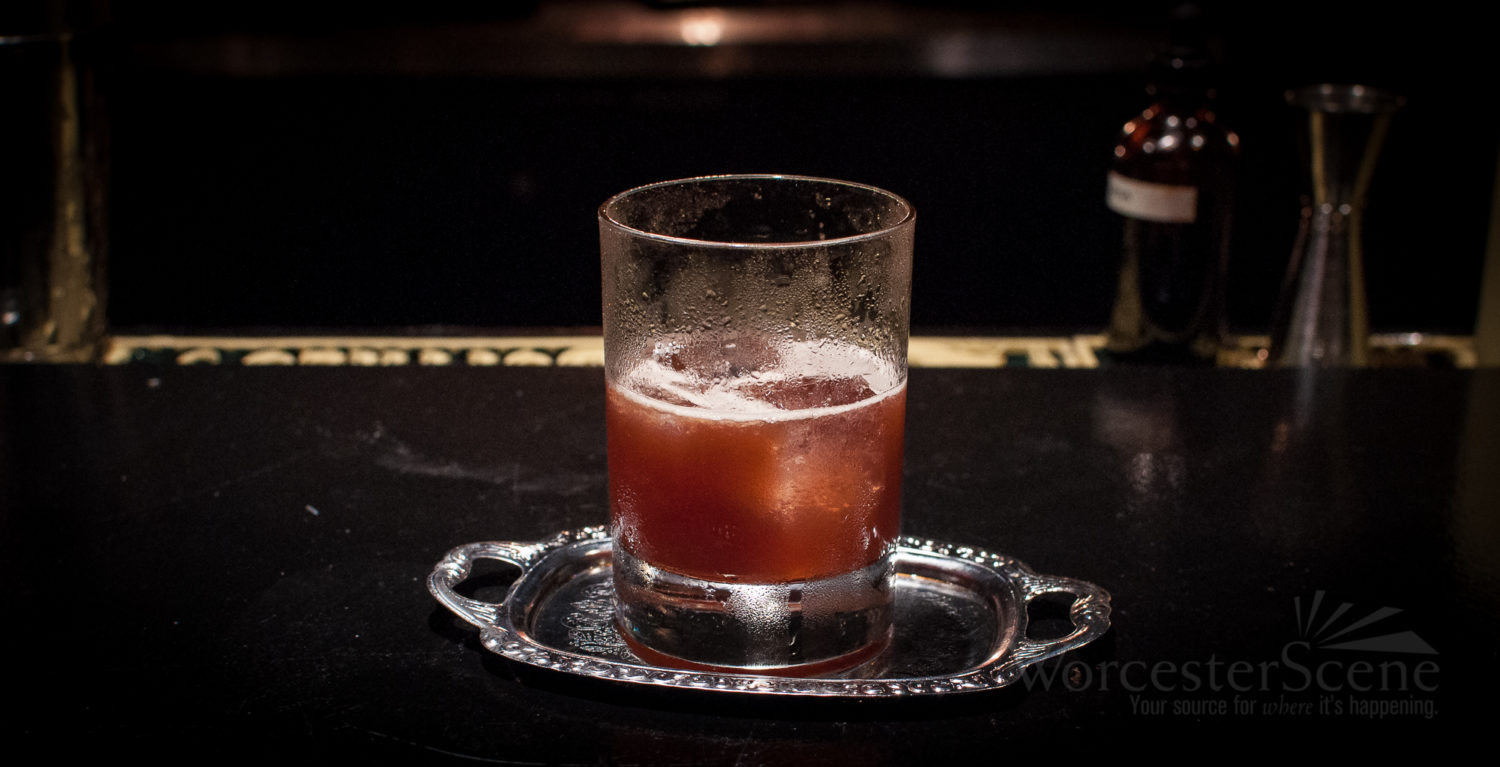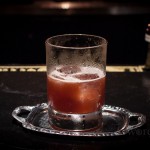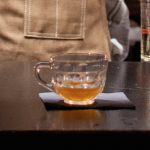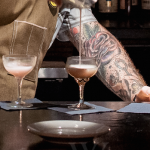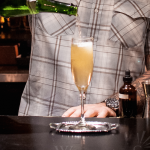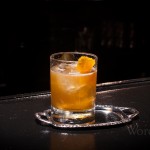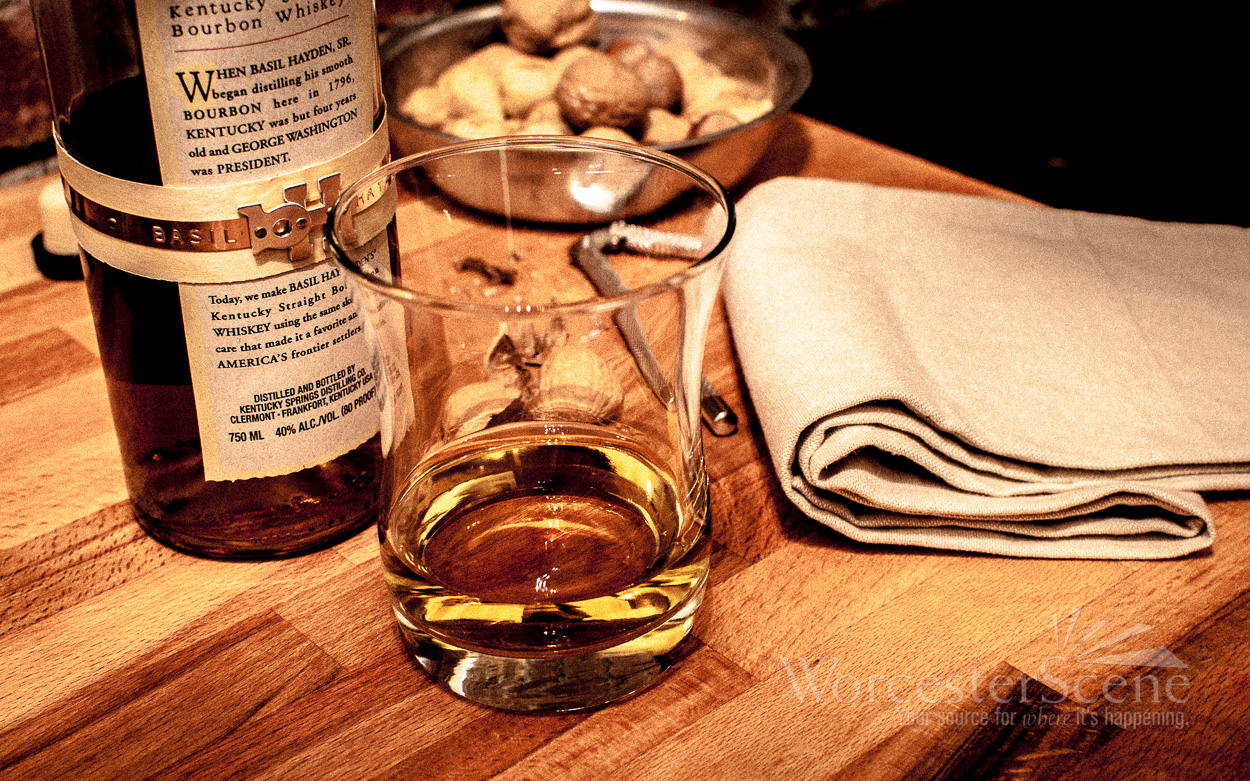
When I think of the cold winter months that are beginning to set in here in New England, I can’t help but think of enjoying a nice glass of whiskey as I warm up by the fire. While in reality I may not have easy access to a big, warm fireplace, I do have access to many high quality whiskeys that are not names Jack or Jim. In fact, there is just so much to know and learn on the topic, that it is, at times, overwhelming. But don’t let that scare you, the topic of whiskey, or whisky (if you are on the British isles), is one of great joy and intrigue. There are so many variations on this spirit that we can’t possibly try and cover everything in one article. We won’t even attempt to get into the Scottish aqua vitae known as Scotch, which deserves a whole article on its own. But, I digress, for what I can do is introduce you to some of the basics of whiskey… and let you decide which style you like the most.
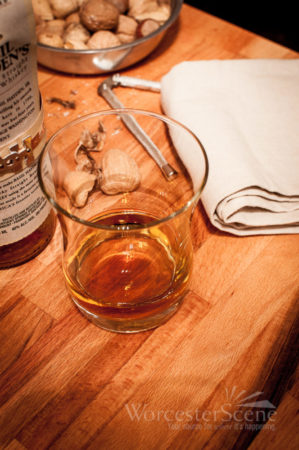 First things first, whiskey is a distilled spirit that is distilled from different grains, including barley, rye, wheat, and corn. Different mixtures of these grains make up what is known as the ‘mash.’ Each type of whiskey has its own particular mash bill that must be adhered to. So let’s start with a couple of my favorites: bourbon and rye whiskey.
First things first, whiskey is a distilled spirit that is distilled from different grains, including barley, rye, wheat, and corn. Different mixtures of these grains make up what is known as the ‘mash.’ Each type of whiskey has its own particular mash bill that must be adhered to. So let’s start with a couple of my favorites: bourbon and rye whiskey.
Bourbon, or Kentucky straight, as some call it, is a mash of at least 51% corn. Once the corn is milled at the distillery, it is added to water and heated, to begin the fermentation process. It is in this process that enzymes break down the grain and produce alcohol as a by-product. The name Bourbon comes from the county in Kentucky where it was originally produced. Contrary to popular belief, it does not, by definition, have to be produced in Kentucky, although most Kentuckians would have you believe otherwise. In fact, neighboring Tennessee also produces a bourbon, but they call it Tennessee whiskey to differentiate it (think George Dickel or Jack Daniels). However, there are indeed some stipulations for a whiskey to be labeled Bourbon…
- Bourbon must be distilled in the United States
- Bourbon must be aged in new, charred oak barrels
- Bourbon must be at least 51% corn mash
There are other stipulations as well that deal with the proof of bourbon, but this is a good introduction for now. I should note, that in order for Bourbon to be called ‘straight’ bourbon, that means it has been aged at least 2 years. Furthermore, the aging in the charred oak barrels is what gives whiskey the color and subtle caramel notes. As a general rule, bourbon tends to be on the sweeter side of whiskeys due to the high corn content in it’s mash bill. This is important when mixing cocktails, for you folks that like to mix some cocktails at home.
American rye whiskey, on the other hand, must contain at least 51% rye in it’s mash bill. On a side note, there is also a Canadian rye whiskey, that may or may not contain rye. Let’s stick to the American rye since it appears the Canucks don’t have their rye ‘straight’. In any event, the other ingredients in the rye mash are usually corn and malted barley. Like it’s bourbon counterpart, rye must be aged in new, charred oak barrels, and must be aged at least 2 years to be considered ‘straight’.
Interestingly enough, rye was the prevalent American whiskey in the Northeast prior to that wretched time in American history known as Prohibition. However, it began to disappear around that time, some would argue, because bourbon was sweeter, and therefore easier to mask the alcohol. This was important should anyone, inquire about the beverage you were drinking or selling at the time.
The main differences between rye and bourbon is the mash and the flavor profile. While bourbon is sweeter, rye tends to be drier, and has some spicier tones to it. However, both bourbon and rye whiskeys work well in the cold winter months.
So, there lays the groundwork for your whiskey, or whisky, wherever you may find yourself. A couple of quintessential whiskey cocktails that are simple enough to make at home:
Old Fashioned
- 2 oz. Rye whiskey
- 2 dashes of aromatic bitters or orange bitters
- 1 sugar cube
- Garnish – orange peel
Place sugar cube in empty rocks glass. Add bitters and just a dash of club soda (to help dissolve the sugar). Muddle sugar cube until mostly dissolved. Add whiskey and ice. Finish cocktail with orange peel (squeeze oil from orange peel over drink).
Manhattan
- 2 oz. Bourbon
- 1 oz. Carpano Antica (or any other sweet vermouth you have on hand)
- 2 dashes of aromatic bitters or orange bitters
Stir in mixing glass and pour straight up or over rocks. Garnish with orange peel or cherry (squeeze oil from orange peel over drink).
Cheers!


